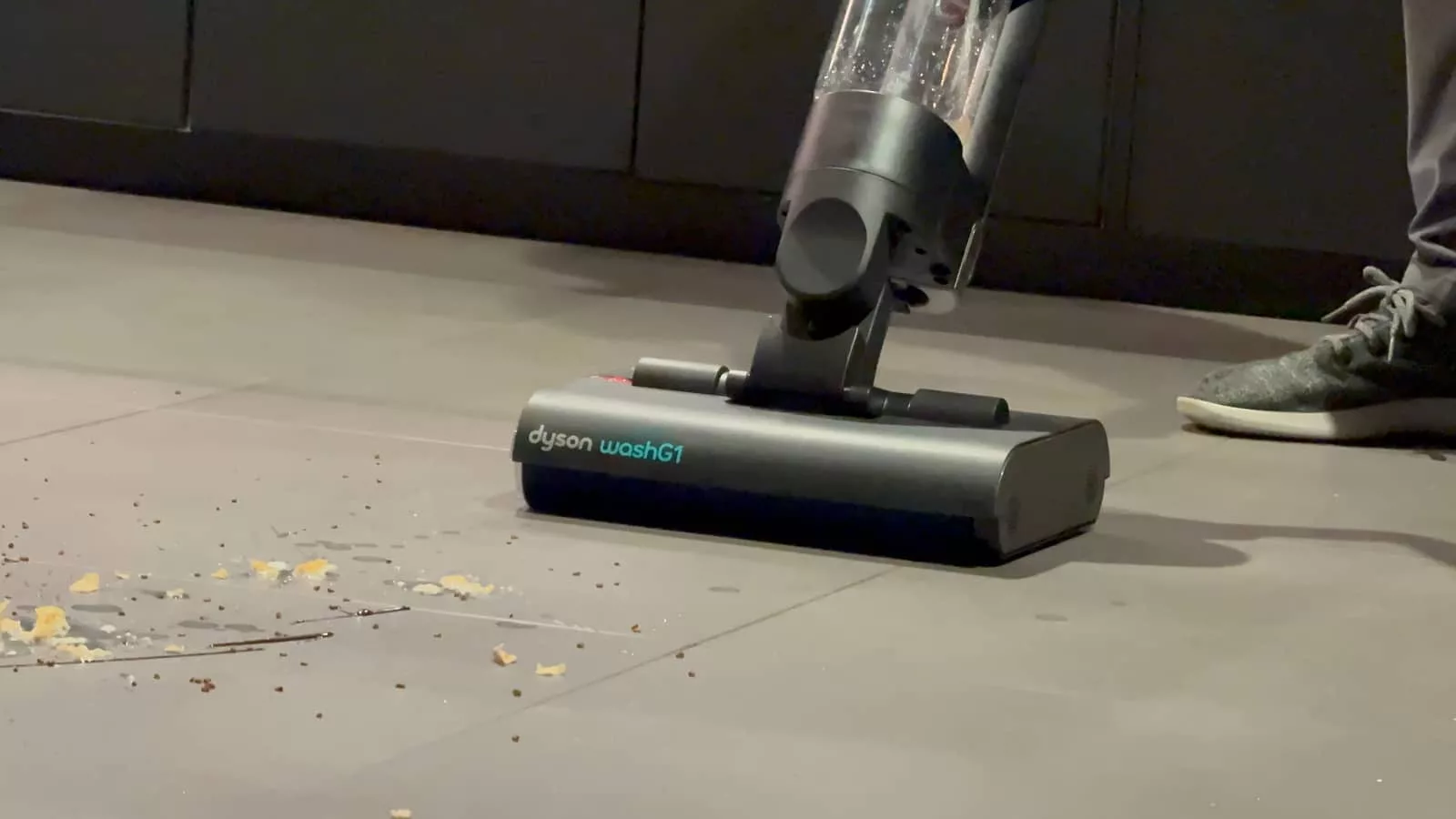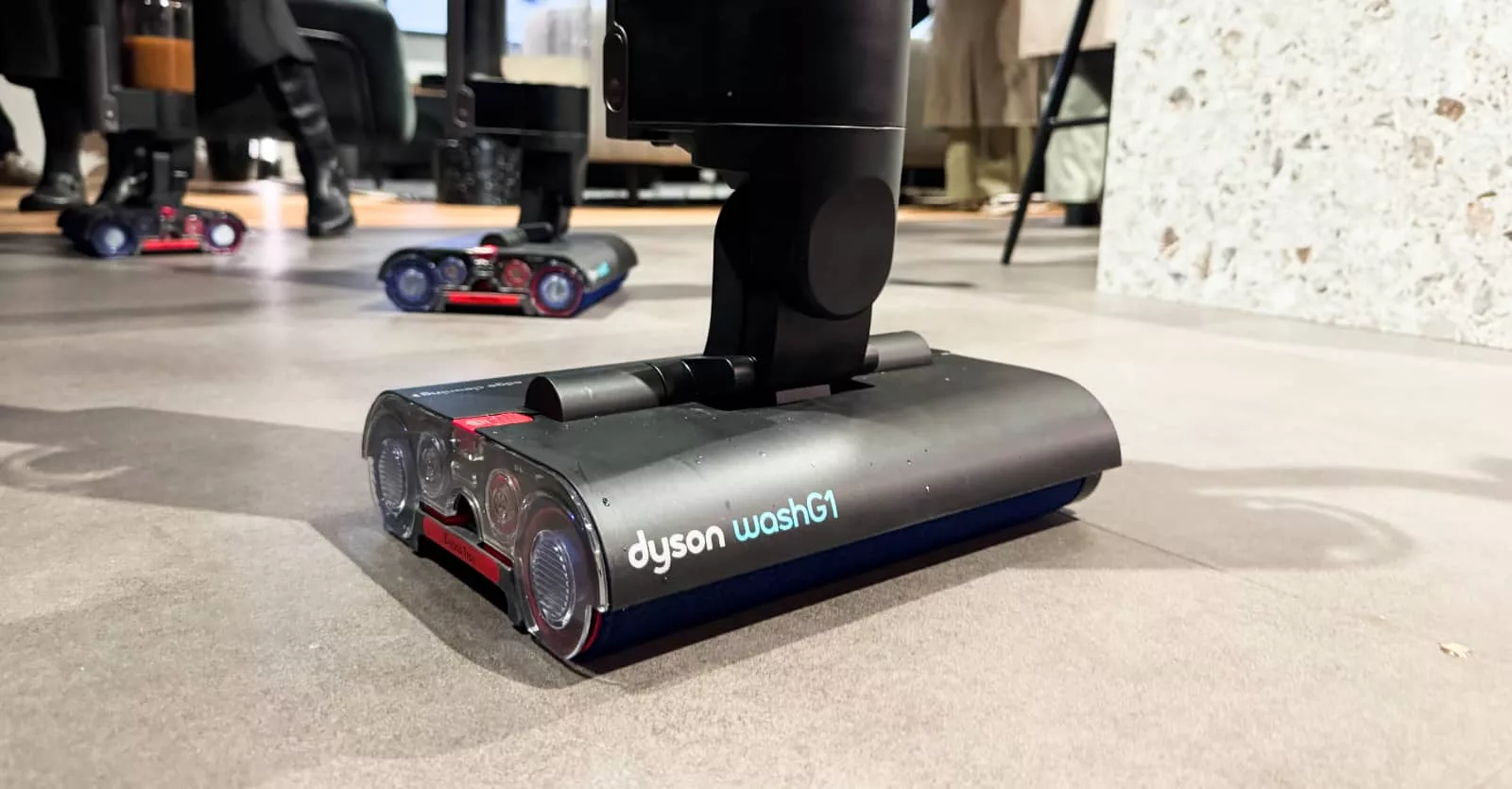Can technology change the humble mop? Dyson gives the idea another crack with the Wash G1, which may or may not be known as “Mop 2.0”.
Technology has the capacity to change everything and it often does. Your phone is possibly one of the greatest examples of this, largely because it transcends the very nature of what a “phone” is.
More than just a telecommunications device, your phone allows you to surf the web, socialise with friends on social media, play music and videos, take pictures and videos, play games, pay for goods and services, and generally encapsulates your life in such an obvious way that it’s no wonder we can’t live without them.
You can’t say the same thing about a mop. It — like most cleaning tools — has largely stayed the same since it was first patented in 1837, with differences largely applied to the materials. A mop is as simple as it gets: a bunch of lines of fabric intertwined and held at the end of a big stick, ready for you to plunge it into water and potentially disinfectant to clean a surface. That’s a mop. That’s what it is.
Nothing has changed in the mop for so long, and aside for the occasional easier to user handle, replaceable fabric, and disinfectant squirting trigger, the mop has largely stayed the same. It’s no wonder that Dyson has been trying to solve how to make the mop better.
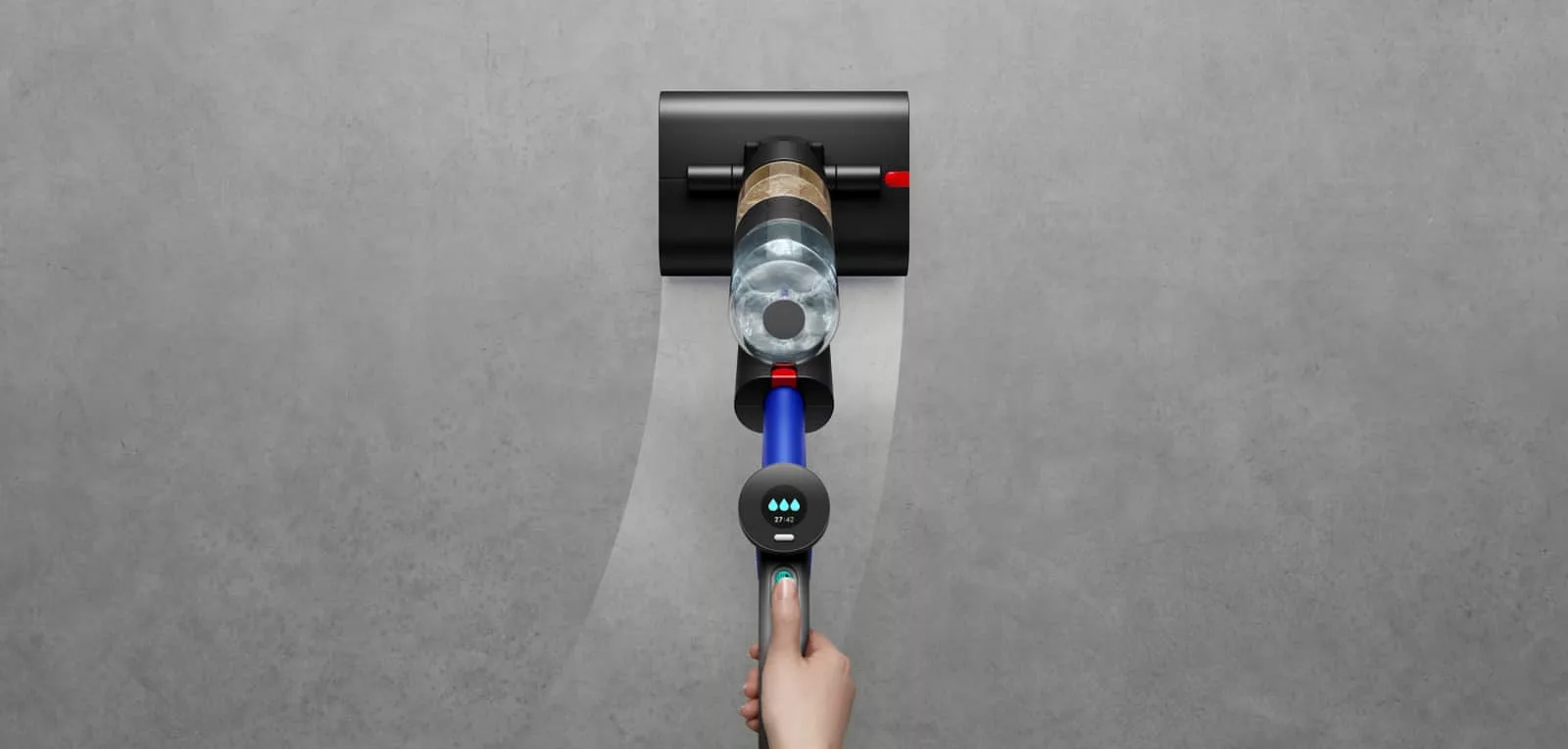
Mop 2.0
Last year, we saw the first example of that in an accessory for its V15s vacuum cleaner, the Dyson Submarine.
A bit of an extra, the Sub basically capped the end of its vacuum and ran the motorised head with a water reservoir, cleaning a floor with water. It was more like Mop 1.2, giving it a technological update of sorts, but where the change may not have been that big of a deal.
In contrast, the company’s latest announcement of the Wash G1 is more like what you’d expect Mop 2.0 to be: a totally new device designed from the ground up to clean the ground it was designed on.
And with Dyson reporting that 94 percent of homes around the world have hard floors, with 60 to 70 percent of Australian homes fitting that brief, it makes sense that Dyson would aim to fix the mop.
Vacuuming a hard floor only gets you half of the way there. The floor itself can hold bacteria that even a high-powered vacuum can’t pick up. Even if it’s a high-powered vacuum with a sensor to track how much comes in. Vacuuming isn’t the only way to clean.
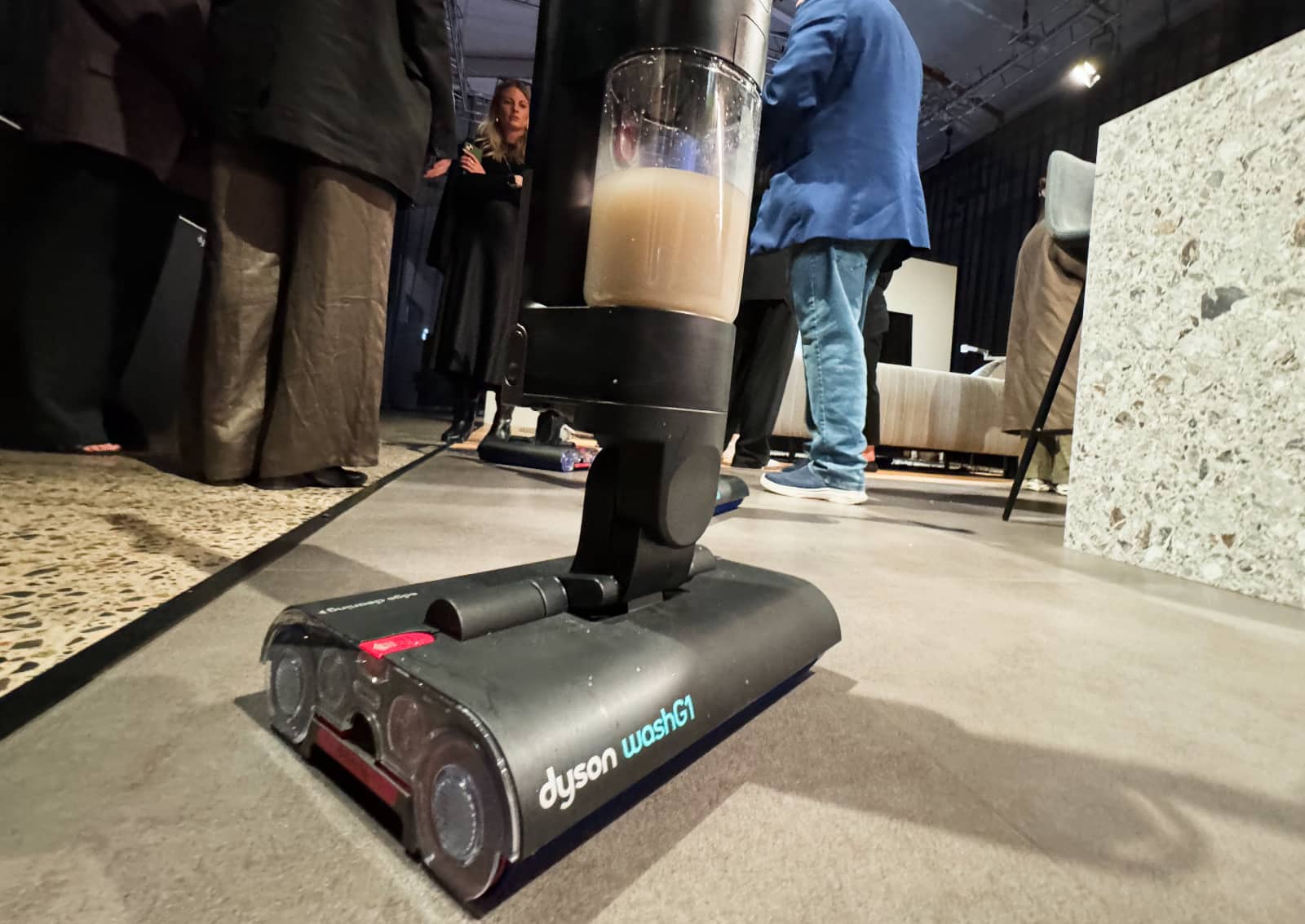
That’s where water and potentially a chemical can fix things, soaking the hard surface, scrubbing it, pulling in the bacteria and grime, depositing it in a specific waste bin for the icky water, and then giving you new fresh water for a continued clean.
That break down is roughly how Dyson’s WashG1 works, offering two containers for water, one of which is fresh and clean, while the other stores the spent dirty water. No more extra bucket, and no chance for cross contamination, a process that can happen when you dunk a mop back into the dirty water you’ve just mopped up.
“Obviously when that mop is first purchased [is at its cleanest],” said Dr. Cameron Jones, a microbiologist and former academic.
“Over time that mop head becomes contaminated,” he said. “As you successively take the mop out, you’re going to be introducing it to contamination. The mop head, not just the water, becomes a disease transmission vector.”
While you probably don’t need to worry about your floors giving you diseases, cleaning them properly is important, which may explain why Dyson went to so much trouble.
“The way we’ve cleaned our floors hasn’t changed at all,” said Charlie Park, Vice President of New Product Development for Dyson Home.
“It’s this relentless looking into the problem and trying to find ways of solving them is what we’re really about.”
Part vac, part mop, and a little bit of something else

That solution is kind of like a vacuum, but also more like a mop. In some ways, the Wash G1 is also a little like an electric toothbrush.
It’s like a vacuum in design, like a mop in its main function and use, and like a toothbrush in what the head is doing, using fast rollers made up of 64,800 microfibre filaments per square centimetre to scrub the floor while jets squirt water at 26 points in the process. There are three levels of water — because some spills and stains will be more resilient than others — and there’s even a removable trap inside with a mesh to catch larger particles on the ground, handy for cleaning up cereal flakes and chunky debris.
In short, the Dyson WashG1 is the marriage of mop and vacuum in an entirely new device. That’s why it is potentially Mop 2.0.
Dyson doesn’t call it as such; we are calling it Mop 2.0 largely based on what it’s doing and how it’s evolving, not unlike the phone getting more capabilities and transcending its original design.

“Over the years, a vast array of wet floor cleaning formats have emerged to help us tackle this chore yet users’ expectations are often left unfulfilled when it comes to stain removal, pick-up performance and floor finish,” said Park.
“Dyson engineers solve the problems others ignore and we thrive on the challenge of creating better technology,” he said.
“The Dyson WashG1 is the result of this; our first dedicated wet machine to wash hard floors, properly and hygienically.”
The overall gadget is bigger than your conventional mop, but also looks like it does a better job. It relies almost entirely on fresh water, which is turns to dirty water, evident from the extra water tank.
Park did say you could also add disinfectant to the mix, particularly if you wanted a disinfected floor as opposed to one simply mopped up quickly, but you’d need to work out the ratio of water to disinfectant yourself, something the V15s Submarine also apparently works with.
Testing the Wash G1
Testing it in person, you can spill practically anything and vanquish it from the floor, having the particles and liquids disappear. Dyson used tomato sauce, milk, and cereal for its tests, but we grabbed a chocolate-frosted cupcake, olive oil, orange juice, and milk for more testing, going out of our way make a mess of the test area and spill what we could.
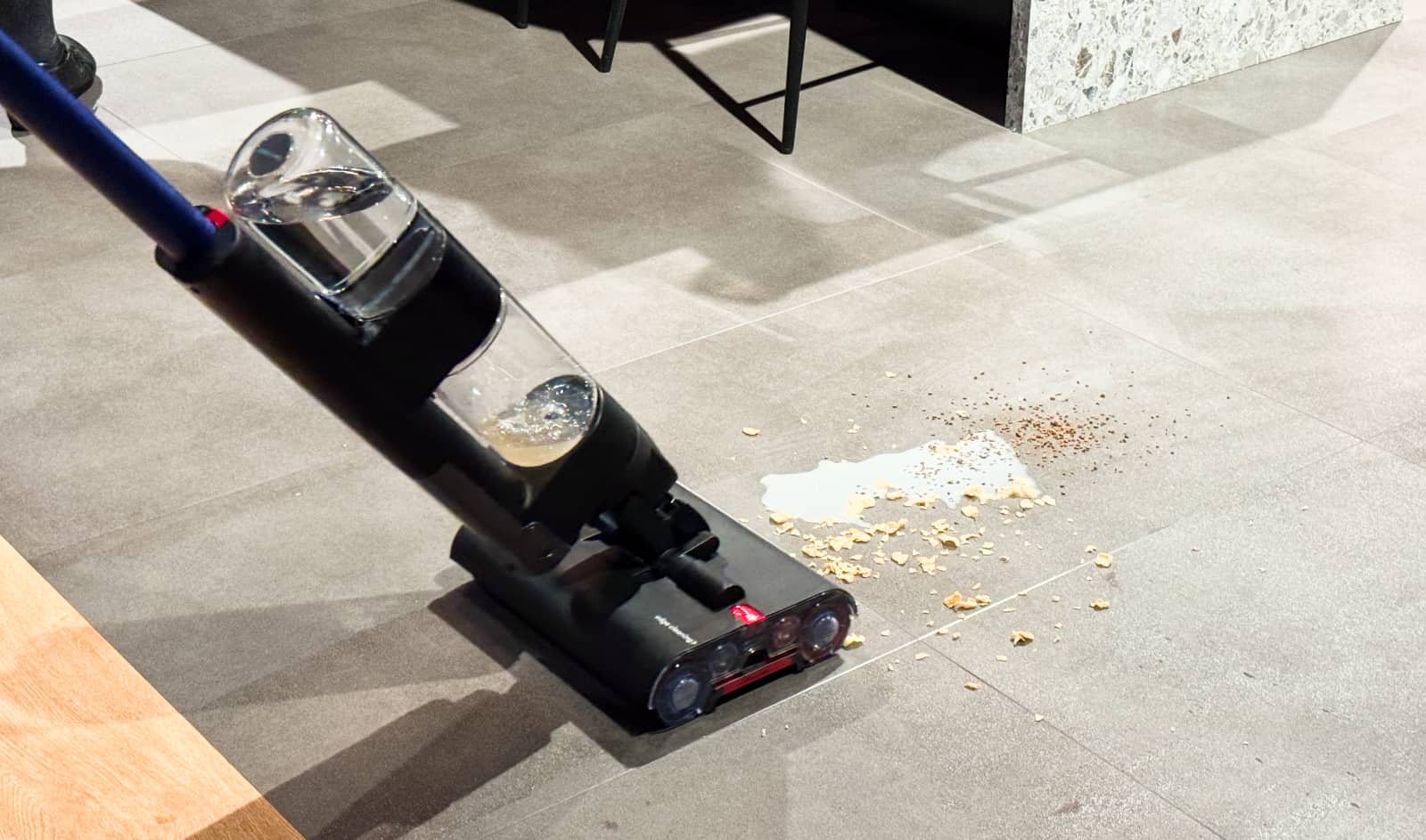
The result was impressive: in most situations, it took just one brush with the Wash G1 to remove liquids and even the odd solid. The mesh of chocolate from the cupcake took two or three, but it was clearly thicker, and we found turning up the water helped.
From there, cleaning looked to be fairly easy: take the spent water container and pour it out. There’s a cleaning process you can use to run water through the mop to make sure the head and tank is clear, and once you’re done, you simply need to leave the Wash G1 on its recharge bay.
It’s definitely a clever idea, and feels more than just a vacuum with a mop-end, which is the vibe the Submarine offers. Rather, the Wash G1 is made for purpose, and looks and feels that way, too.
Priced at $999 in Australia, the Dyson Wash G1 won’t be for everyone, but it could just make the task of cleaning hard floors easier. If anything, it could making mopping more fun, at least until Mop 3.0 arrives, which will hopefully have your floor cleaned for you by a cute little droid named Mo.
